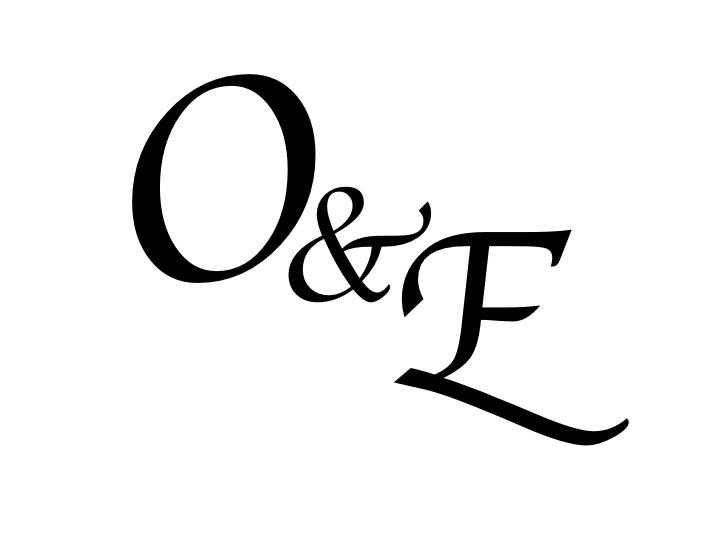 Image 1 of 11
Image 1 of 11

 Image 2 of 11
Image 2 of 11

 Image 3 of 11
Image 3 of 11

 Image 4 of 11
Image 4 of 11

 Image 5 of 11
Image 5 of 11

 Image 6 of 11
Image 6 of 11

 Image 7 of 11
Image 7 of 11

 Image 8 of 11
Image 8 of 11

 Image 9 of 11
Image 9 of 11

 Image 10 of 11
Image 10 of 11

 Image 11 of 11
Image 11 of 11












Antique Asian Ceremonial Plates
Two lovely Asian antiques in a decorative mandala style. Both seem to be of a lead and copper alloy of somekind with much of the copper worn through the ages.
The smaller item still has a noticable touch mark, declared by a Clars antiques appraiser to be from the Qing dynasty. The Qing dynasty (pronounced Ch’ ‘ing), was the last imperial dynasty of China. It was established in 1636, and ruled China proper from 1644 to 1912. It was then succeeded by the Republic of China. She believed it to be made during the later half of the ruling period. Just under 10 inches, much of the copper patina has worn away, except on the edges, and this ceremonial plate is highly malleable due to the higher lead content. Care should be taken how it is stored and displayed. Chinese characters are still deeply formed and noticeable in the surface.
The second plate is slightly larger and firmer. It appears to be more of a lead/bronze alloy with a more of a copper surface left making for a beautiful patina. Character carvings are more shallow but still highly decorative. The touchmark on the under side has been long worn so it is unknown what era or even country it originates from. This is a larger ceremonial plate and is almost 14” in diameter.
Two great heirloom pieces for any interested collector.
Two lovely Asian antiques in a decorative mandala style. Both seem to be of a lead and copper alloy of somekind with much of the copper worn through the ages.
The smaller item still has a noticable touch mark, declared by a Clars antiques appraiser to be from the Qing dynasty. The Qing dynasty (pronounced Ch’ ‘ing), was the last imperial dynasty of China. It was established in 1636, and ruled China proper from 1644 to 1912. It was then succeeded by the Republic of China. She believed it to be made during the later half of the ruling period. Just under 10 inches, much of the copper patina has worn away, except on the edges, and this ceremonial plate is highly malleable due to the higher lead content. Care should be taken how it is stored and displayed. Chinese characters are still deeply formed and noticeable in the surface.
The second plate is slightly larger and firmer. It appears to be more of a lead/bronze alloy with a more of a copper surface left making for a beautiful patina. Character carvings are more shallow but still highly decorative. The touchmark on the under side has been long worn so it is unknown what era or even country it originates from. This is a larger ceremonial plate and is almost 14” in diameter.
Two great heirloom pieces for any interested collector.
*Not sold as a set. May be purchased seperately as pricing indicates.
